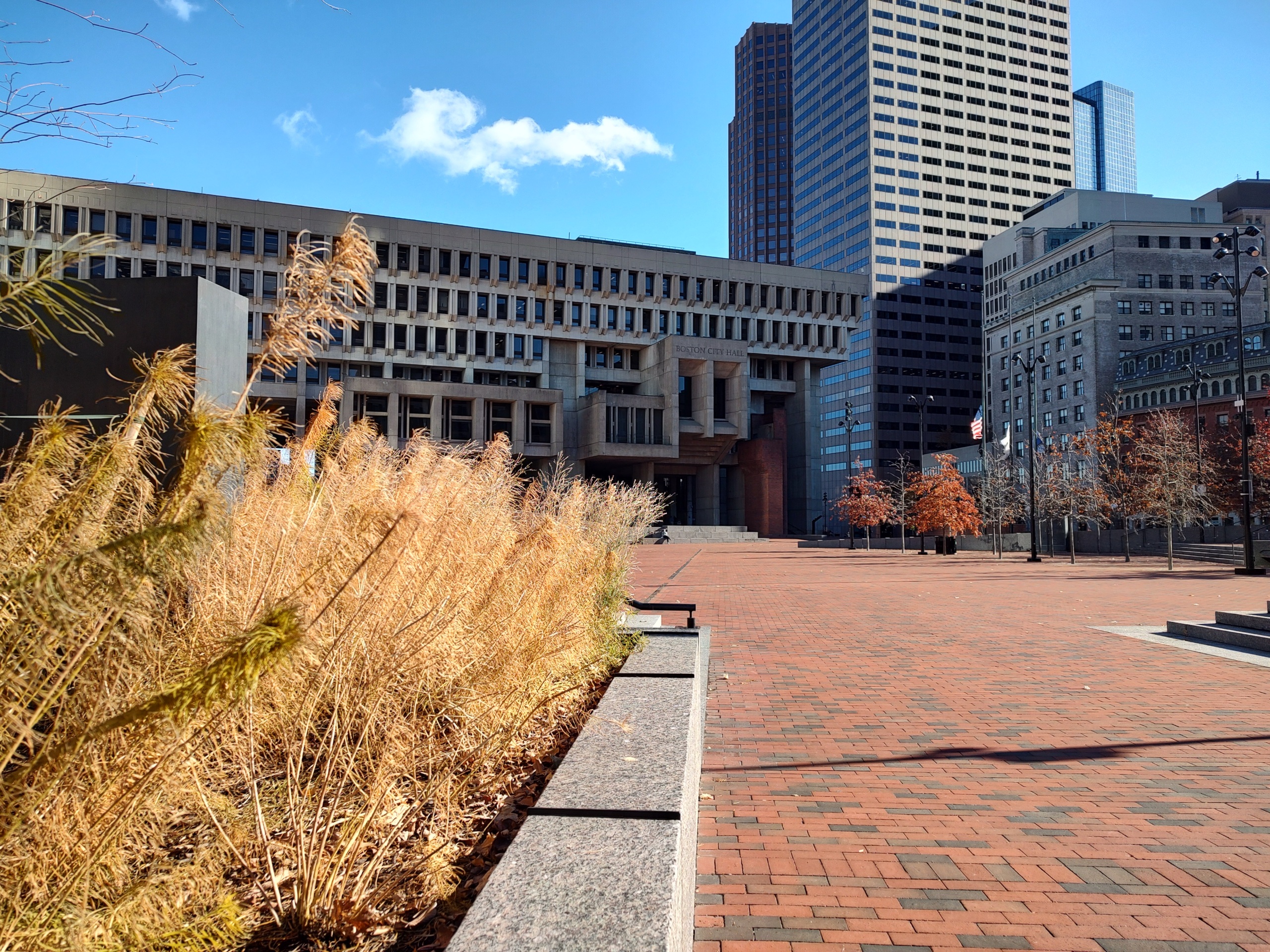
High gas prices are a symptom of our dependence on oil. It’s time to cure the disease.
There are better ways to respond to surging gas prices than creating new incentives for car use – like ending our unhealthy and environmentally disastrous car dependency altogether.
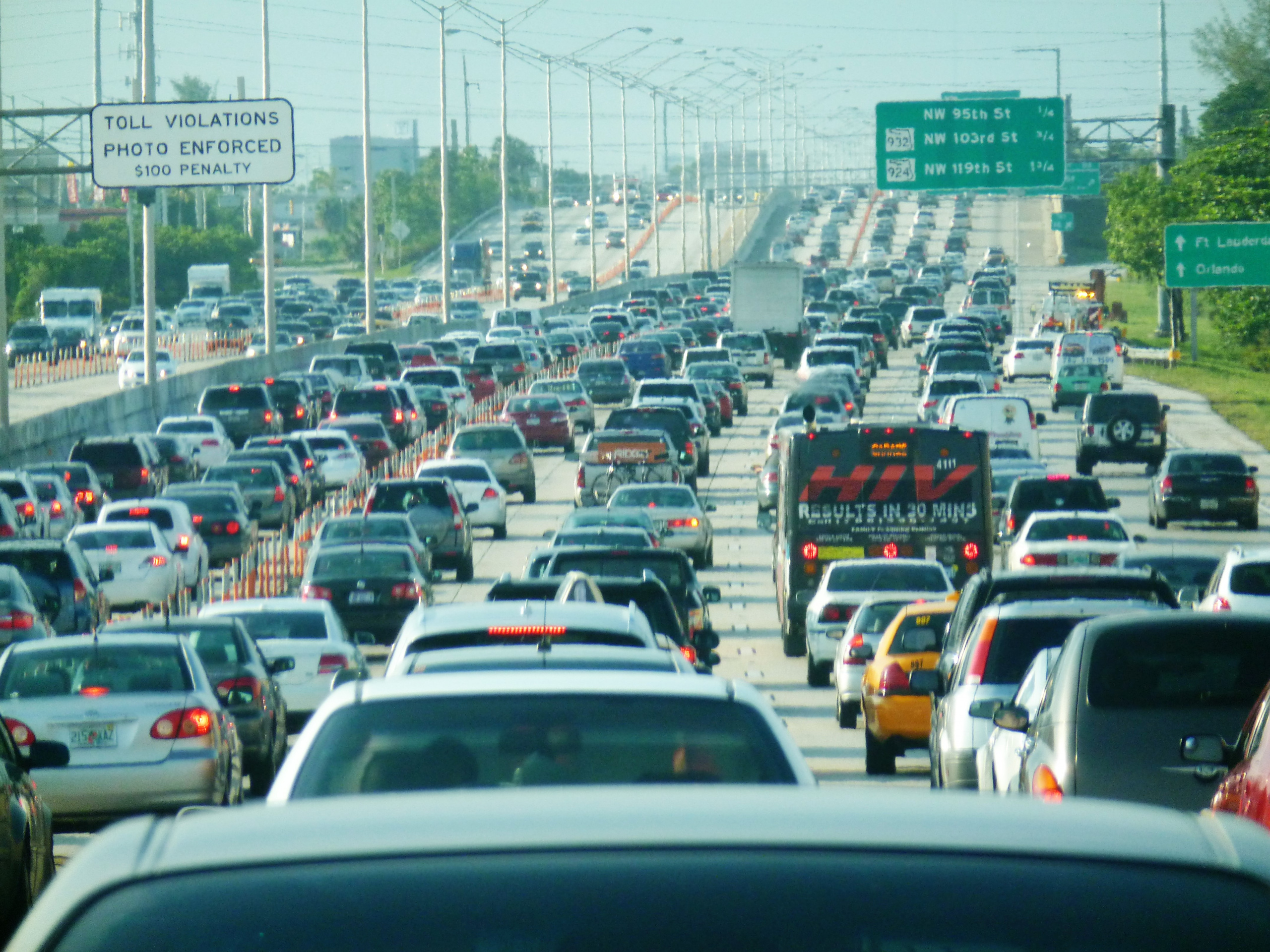
The average price of gasoline rose this month to the highest level in U.S. history.1 The scramble to find ways to ensure that Americans can carry on driving – gas tax holidays, tax rebates and so on – speaks volumes about the current policy environment around transportation, being to a large extent variations on a single theme: throw yet more money at automobile use.
This is not the right solution.
Driving is already handsomely subsidized in the U.S. in a host of ways, to the extent that in many places it is the cheapest, and therefore most attractive, mode of transport. Instead of working to ensure that it remains that way, a better approach would be to use this opportunity to deal with the problem at its root and provide Americans with a long-overdue off-ramp from our unhealthy and environmentally disastrous car dependency.
The problem facing the nation today is not that gas is too expensive. The problem is that, in much of America, there is almost no way to avoid having to drive. This is true even in circumstances where one might imagine walking, riding a bike or taking transit. Roughly 60% of all vehicle trips in the U.S. are six miles or less, and in urban areas, around half are three miles or less. In many cases the only reason these trips need to be made by car at all is that there’s no viable alternative, such as decent transit service or safe and comfortable places to walk or bike. And one of the main reasons why there’s no alternative is that we persist in pouring billions of taxpayer dollars into the highway network every year while underfunding everything else: the portion of the transportation budget that goes toward rail, transit, walking and biking pales in comparison to the eye-watering sums of public money spent supporting automobile use.
It’s not as though we don’t have the resources to invest in alternatives. We do. There’s plenty of money available. The problem is that the current system of transportation finance – based around the outdated assumption that roads and cars should be the center of the transportation universe – is structurally predisposed to throw that money at the wrong things.
Like any other public expenditures, transportation spending should be prioritized according to what investments will deliver the greatest societal benefits. Back in the early 20th century, when the current framework for pricing and paying for transportation was created, that may have meant building out the nation’s highway network. Today, it means expanding the availability of low-carbon travel options, investing in our transit fleets and ensuring that walking, biking and transit are not just practicable options for all Americans, but also the cheapest and most convenient options available.
In the short term, there are better ways to inoculate America’s transportation system against the vicissitudes of global oil prices than creating new incentives for car use. Instead of a gas tax freeze, for example, how about a freeze on transit fares? How about getting rid of EV fees to make owning an EV cheaper than owning a gas-powered car? Incentivizing carpooling? Paying people to ditch their cars altogether? How about subsidies to offset the cost of e-bikes? How about taking a portion of the funds earmarked for wasteful and unnecessary highway projects and spending it on increasing transit service or repurposing street space for pedestrians and cyclists (we did it at the height of the pandemic – we can do it again now, but this time make it permanent).
Any and all of these things would be more rational responses to rising oil prices than going all in to find ways to prop up the status quo. These policies won’t just make our lives better in the here and now (including for people who have to drive – one outcome of reducing demand is cheaper gas) – they will also act as an insurance policy against future oil price shocks. A system that instead persists in channeling billions of taxpayer dollars into incentivizing the most damaging and unsustainable modes of travel is a broken one. Now is the time to start fixing it.
Image: B137, CC0, via Wikimedia Commons
- Before adjusting for inflation.↩︎
Topics
Authors
James Horrox
Policy Analyst, Frontier Group
James Horrox is a policy analyst at Frontier Group, based in Los Angeles. He holds a BA and PhD in politics and has taught at Manchester University, the University of Salford and the Open University in his native UK. He has worked as a freelance academic editor for more than a decade, and before joining Frontier Group in 2019 he spent two years as a prospect researcher in the Public Interest Network's LA office. His writing has been published in various media outlets, books, journals and reference works.
Find Out More
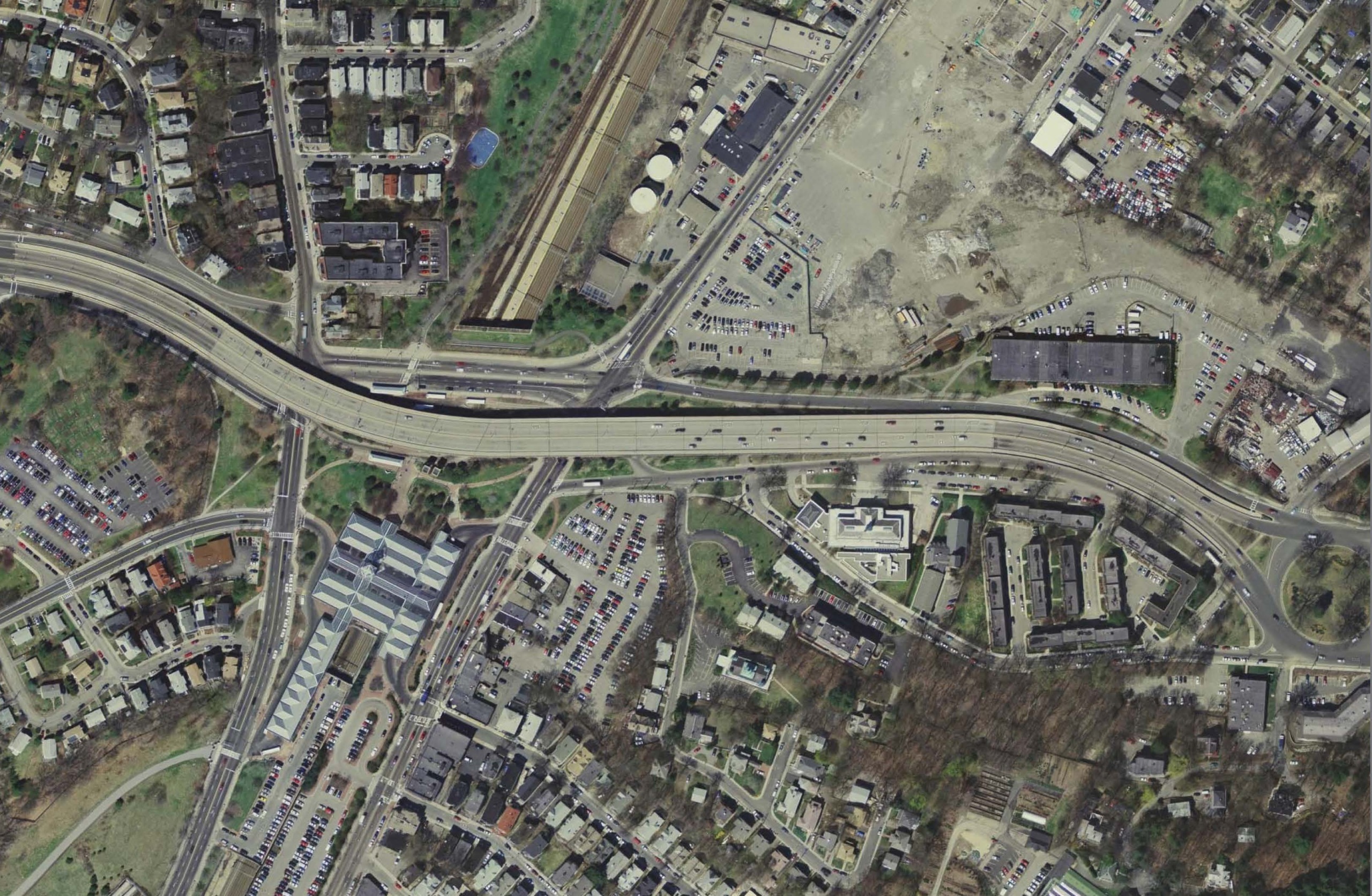
Four ways to look at a project (or policy, or almost anything)
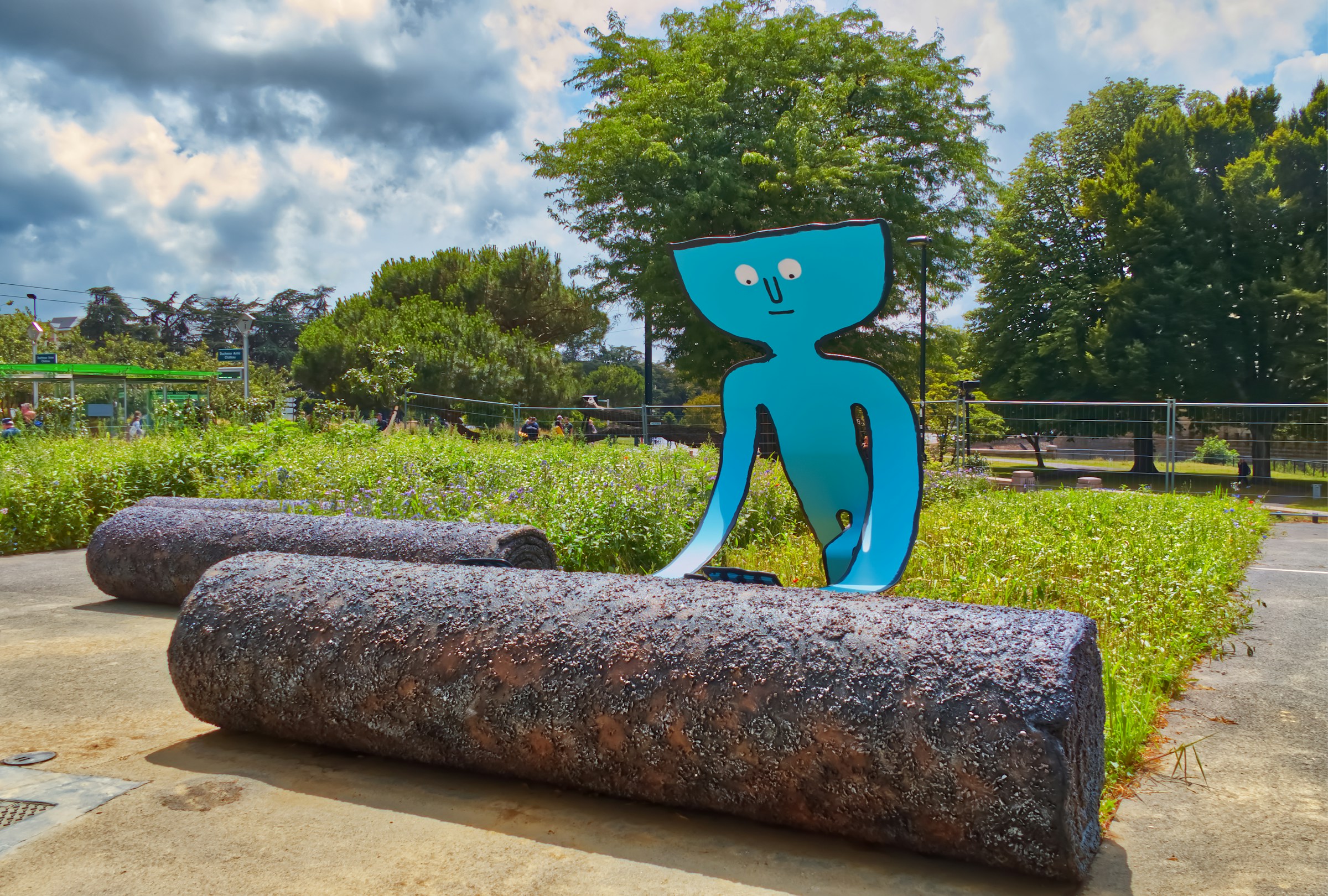
From gray to green: How (and why) to depave
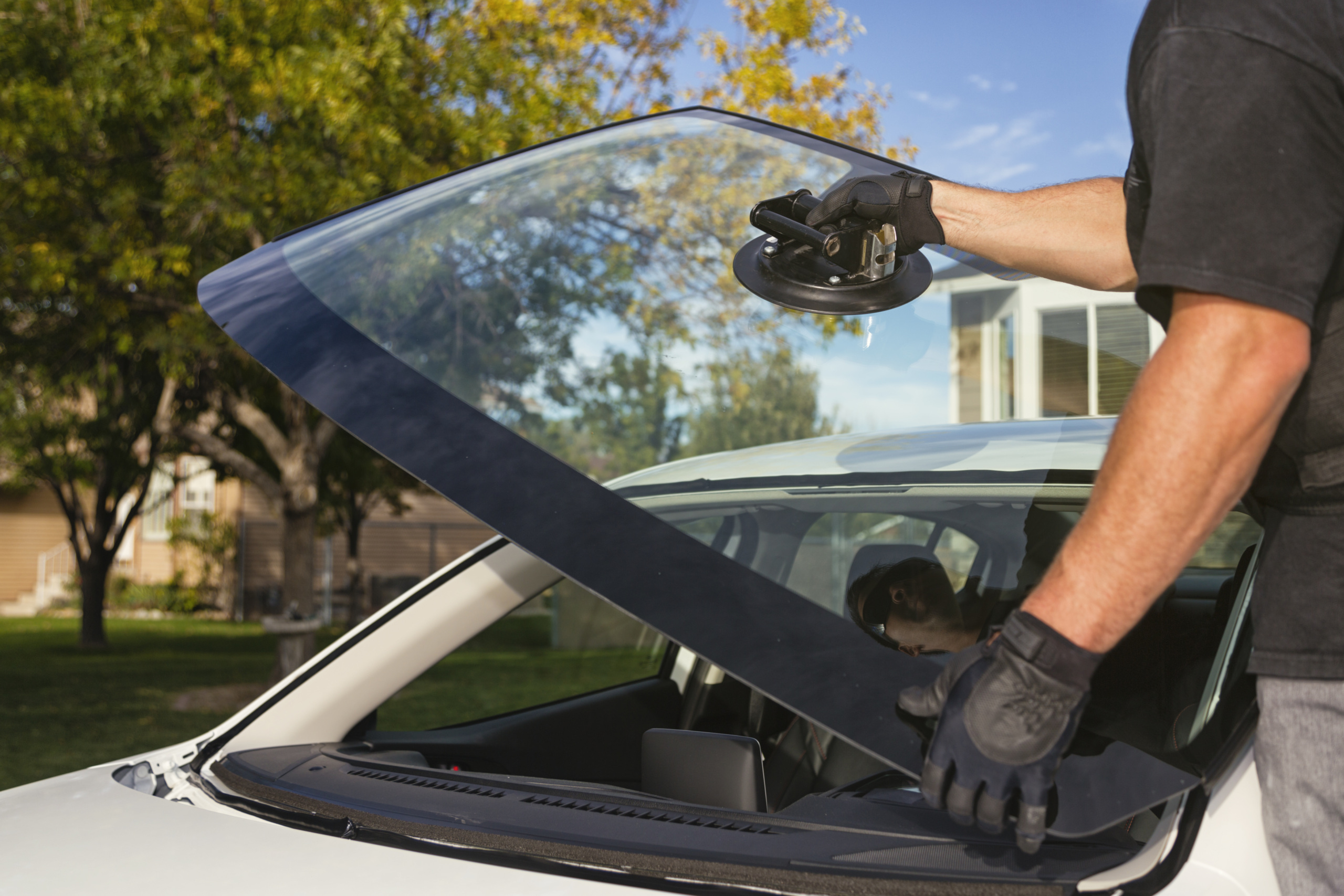
Cars are lasting longer than ever. Will that change with new technologies?
